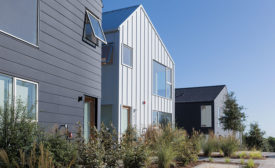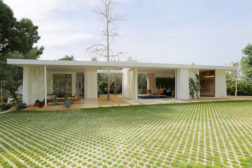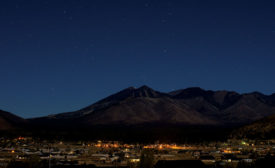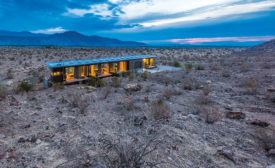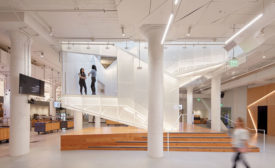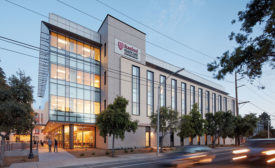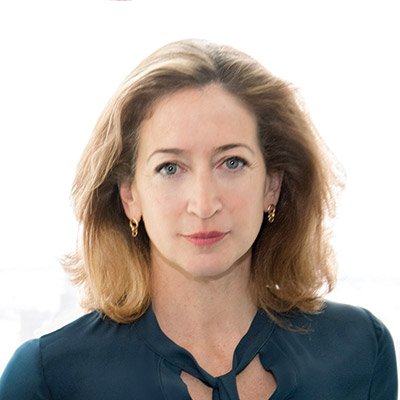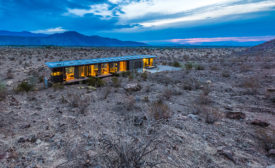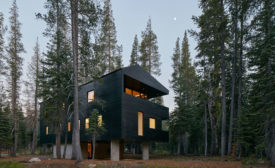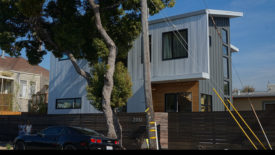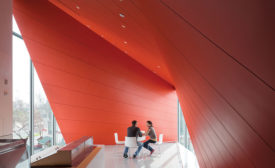Home » California
Articles Tagged with ''California''
Top Flight: A complex explores siting and massing to downplay density and elevate quality of life.
Read More
Pinterest HQ
Pin-Worthy: A technology company with design roots refines its ideal workspace.
Read More
Stanford Neuroscience Health Center
Head First: A new facility offers a streamlined place of healing for patients with brain disorders.
Read More
Berkeley Art Museum and Pacific Film Archive by Diller Scofidio + Renfro
Berkeley, California
Read More
Copyright ©2024. All Rights Reserved BNP Media.
Design, CMS, Hosting & Web Development :: ePublishing
